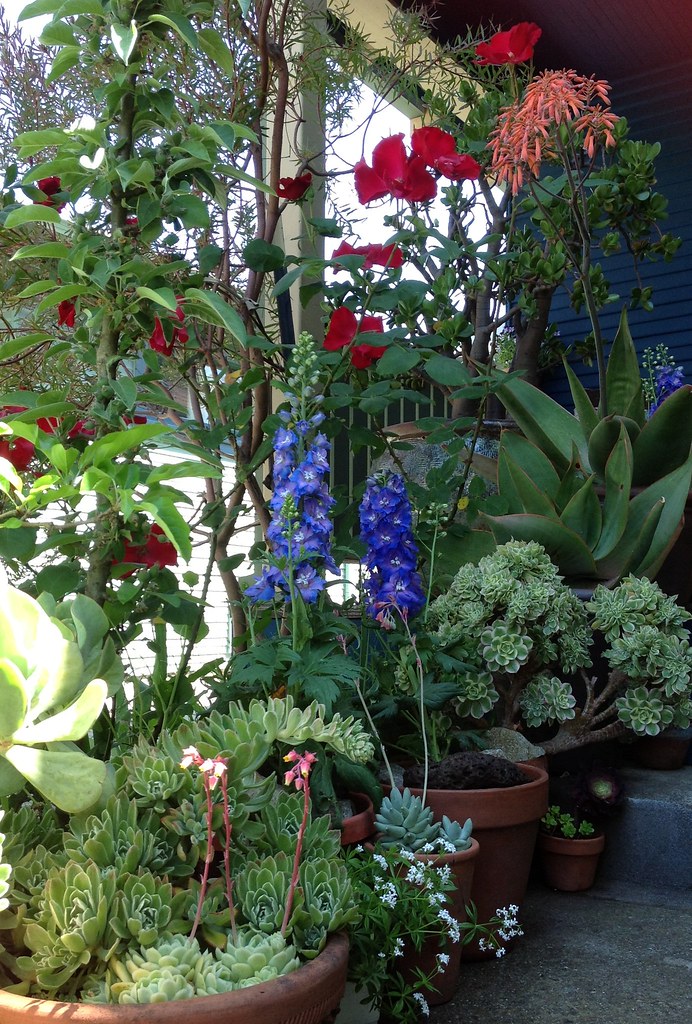 Behold- the mother of vinegar. The white suspicious rubbery layer - the mother- is a mat of acetobacter responsible for converting the alcohol to acetic acid a.k.a. vinegar. I had just a little square inch of it from a store-bought Italian raw apricot vinegar and from that inch, these discs grew. But also in the unfiltered vinegar body, you will see fuzzy mucus-like suspended threads of the unformed mother. You can use both the soft gloop or the rubbery mat to get your vinegar kick started.
Behold- the mother of vinegar. The white suspicious rubbery layer - the mother- is a mat of acetobacter responsible for converting the alcohol to acetic acid a.k.a. vinegar. I had just a little square inch of it from a store-bought Italian raw apricot vinegar and from that inch, these discs grew. But also in the unfiltered vinegar body, you will see fuzzy mucus-like suspended threads of the unformed mother. You can use both the soft gloop or the rubbery mat to get your vinegar kick started.Acetobacter is aerobic and thrives in oxygenated environments. Since I don't heat my vinegar, I've seen that even a small inch air gap in a closed bottle is enough oxygen for mother to grow.
I started multiple batches three weeks ago and now they have transformed to proper mouth puckering vinegar. You can see below the mother separated in two layers- this was when I disturbed her too much. I've seen industrial mothers that are many inches thick but the home grown mother rarely gets thicker than a centimeter before peeling off.
One can eat the mother as it's purportedly good for your digestive health- it's chewy and slightly sweet and you can dip it in sugar and also dry it into a candy. But it's better you can share to get someone else started on the craft of vinegar making.
My first batch ever, I made a sweet rum wash with carob syrup and hid it in a dark warm corner- both leftover ingredients in my pantry that didn't really have any useful life. The tangy taste of this particular set has a deeper richness and complexity due to the minerals in the carob syrup. Carob vinegar is common in Cyrpus but I haven't seen an easy supply in the bay area so I'm curious how this compares.


